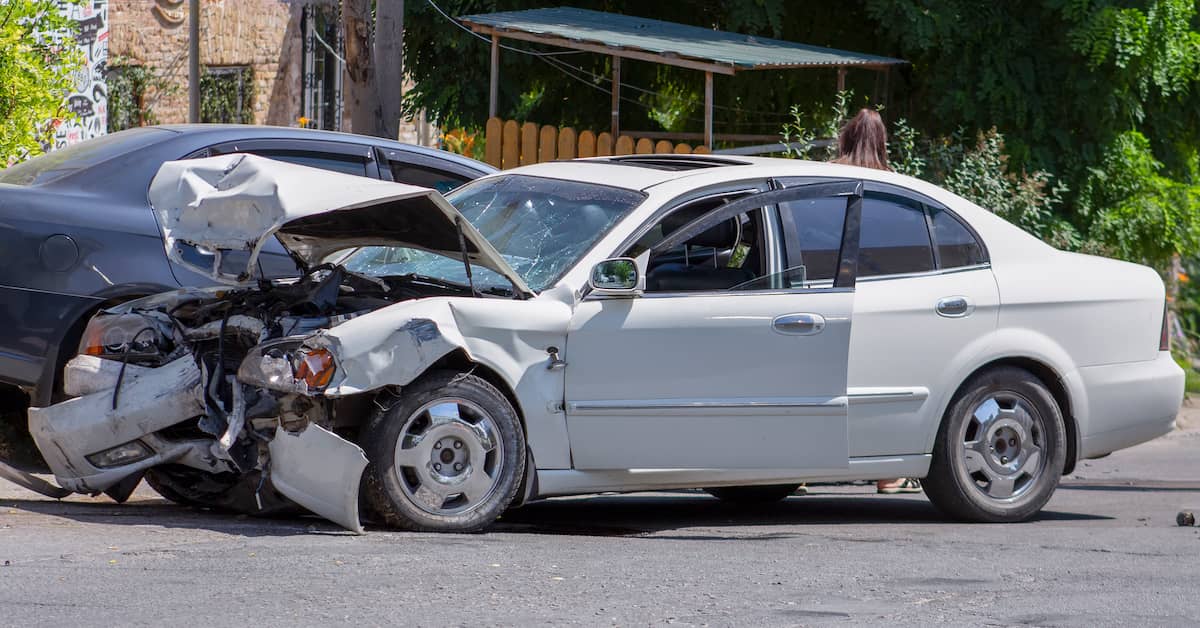
The Role of Witnesses in Non-Fault Accident Claims
Non-fault accidents can be a challenging ordeal to navigate, but one factor that can make all the difference is the presence of witnesses. These individuals can provide crucial accounts of the incident, offering a perspective that goes beyond the involved parties. In this post, we’ll delve into the role of witnesses in non-fault accident claims, exploring their importance, the types of witnesses you might encounter, and how their accounts can significantly impact the claims process.
The Importance of Eyewitness Accounts
Imagine a scenario where two cars collide at an intersection. Without witnesses, it’s often a game of he-said-she-said, making it difficult to determine the sequence of events accurately. This is where eyewitness accounts step in as the unsung heroes of a non-fault accident. Their observations can shed light on the nuances of the incident, providing a clearer picture for insurance investigators.

Types of Witnesses in Non-Fault Accidents
Witnesses come in various forms, each offering a unique perspective on the unfolding events. Bystanders, passengers, and even drivers from nearby vehicles can play a crucial role in recounting what transpired. Bystanders might provide an impartial view, passengers may share insights from within the vehicle, and other drivers could offer a different vantage point altogether. The collective testimony of these witnesses paints a more comprehensive picture for insurance companies.
How Witnesses Can Impact the Claims Process
The influence of witness statements on insurance investigations cannot be overstated. Insurance adjusters often rely on these accounts to establish fault and innocence. Clear and consistent witness statements can sway the outcome of a claim, potentially sparing innocent parties from unwarranted hikes in insurance premiums or legal troubles.
Tips for Interacting with Witnesses at the Scene
Approaching witnesses at the scene requires tact and empathy. In the aftermath of an accident, emotions may run high. When seeking witness statements, be courteous and respectful. Ask for their account of what happened and request contact information for potential follow-up. Remember, these individuals are providing a valuable service, so expressing gratitude can go a long way.
Technology and Witnesses: Recording the Scene
In today’s tech-savvy world, witnesses armed with smartphones or dashcams can provide visual evidence of the accident scene. This not only enhances the credibility of their statements but also offers an additional layer of documentation. As a driver involved in a non-fault accident, it’s essential to be aware of this potential technological support from witnesses.

Encouraging and Thanking Witnesses
The cooperation of witnesses is a community effort that deserves acknowledgement. If someone has come forward to share their account, express your gratitude. A simple thank you can go a long way in fostering goodwill within the community and encouraging others to step up when needed.
What To Do When a Drive Refuses to Give You Details
After a car accident, most parties involved want to get the details sorted. It’s a scary situation to be in, which means that emotions are flying. In some situations, people can be angry about what’s happened. Perhaps they’re annoyed at themselves for making a mistake, or they genuinely don’t believe they’re at fault for the incident. Either way, in a few cases, the other driver can refuse to give you their details.
So, what should you do if this happens to you? First of all, don’t panic. This doesn’t mean that you won’t be able to make a claim. Stay calm in the situation and ensure you don’t escalate the matter. Yes, it’s frustrating when the other driver is being difficult. But it doesn’t mean that they’ll get away with the accident if it was their fault.
Instead of getting into an argument, make sure that you take note of some details. In particular, you want to get their registration number in a photo and ensure it captures what the car looks like. This should include the make, model and colour. These details can be used later by experts to find the driver’s details. Take as many photos of the scene as you can. You’ll have this information to hand over.
Sometimes, people just need some time to process what’s happened and to make the right decision. Remain calm around the other driver and stress that you don’t want to make any trouble. After some time to think, they may decide to give you their details.
Don’t forget to inform the police about the car accident. If the driver has left without giving you their details, make sure you mention this. It will be taken seriously that the driver has left the scene.
Conclusion
Witnesses play a pivotal role in non-fault accident claims. Their accounts can be the linchpin that tips the scales in your favour during insurance investigations or legal proceedings. By understanding the significance of witnesses, being respectful when interacting with them, and leveraging technological support, you can navigate the aftermath of a non-fault accident more effectively. Remember, in the world of non-fault claims, a reliable witness can be your strongest ally.




